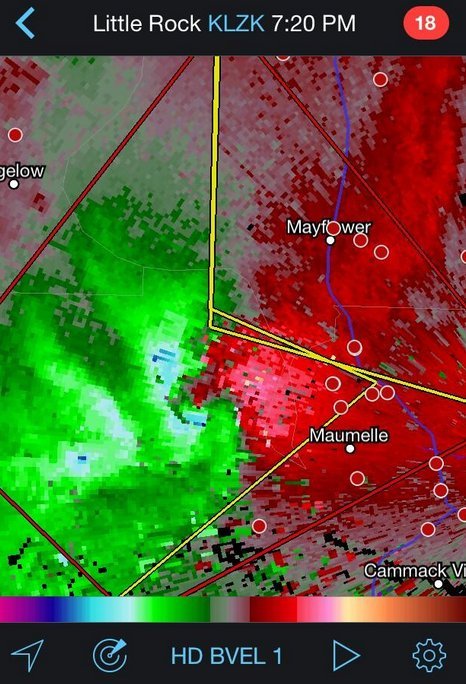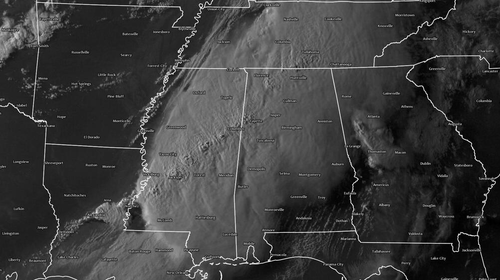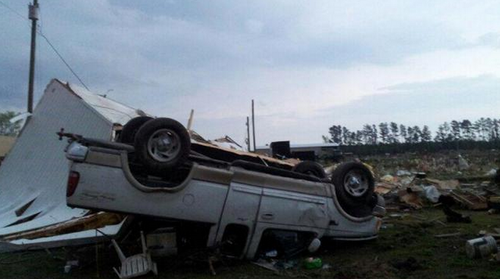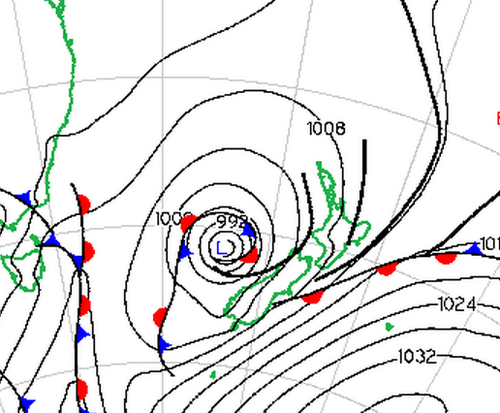Flooding Rains in New Orleans
A weak disturbance tracking across the southern Gulf States was the cause for some flash flooding in New Orleans last night. Precipitable water (PWAT) values exceeding 50mm were present in the area, meaning a very moist atmosphere was in place. Heavy rain fell in the wake of a squall line of storms Friday afternoon into early Saturday morning, causing significant flash flooding in New Orleans. Radar indicated that as much as 125mm fell across the New Orleans and reporting stations in the surrounding area showed widespread 80-100mm readings.
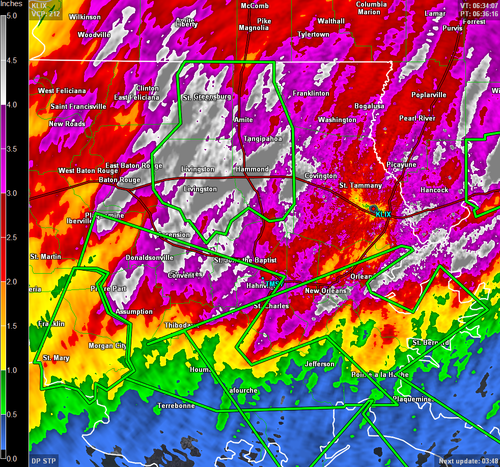
Flash flood warnings had also been issued by the National Weather Service for most of southeastern Louisiana, including New Orleans. In addition, several water rescues had to be executed in New Orleans due to cars being submerged up to their roof in water. This event comes just over a week after severe flooding affected the Florida Panhandle and dumped over 500mm over some areas.
Severe Weather Expected in the Plains
This weekend looks take an active turn weather-wise across much of the Central and Southern Plains of the United States. A strong low-level jet will aid in transporting significant moisture from the Gulf of Mexico northward ahead of the approaching system. CAPE values are expected to reach very unstable values, especially on Sunday across Tornado Alley; with limited capping (warm air aloft) storms are likely to become severe quickly and tornadoes are possible. Updates on this event will be available in the comments section as the event unfolds!
Following this event, a lull in the storm season is expected across the region for about a week before a return flow sets up and more Gulf moisture is able to start making its way poleward.
